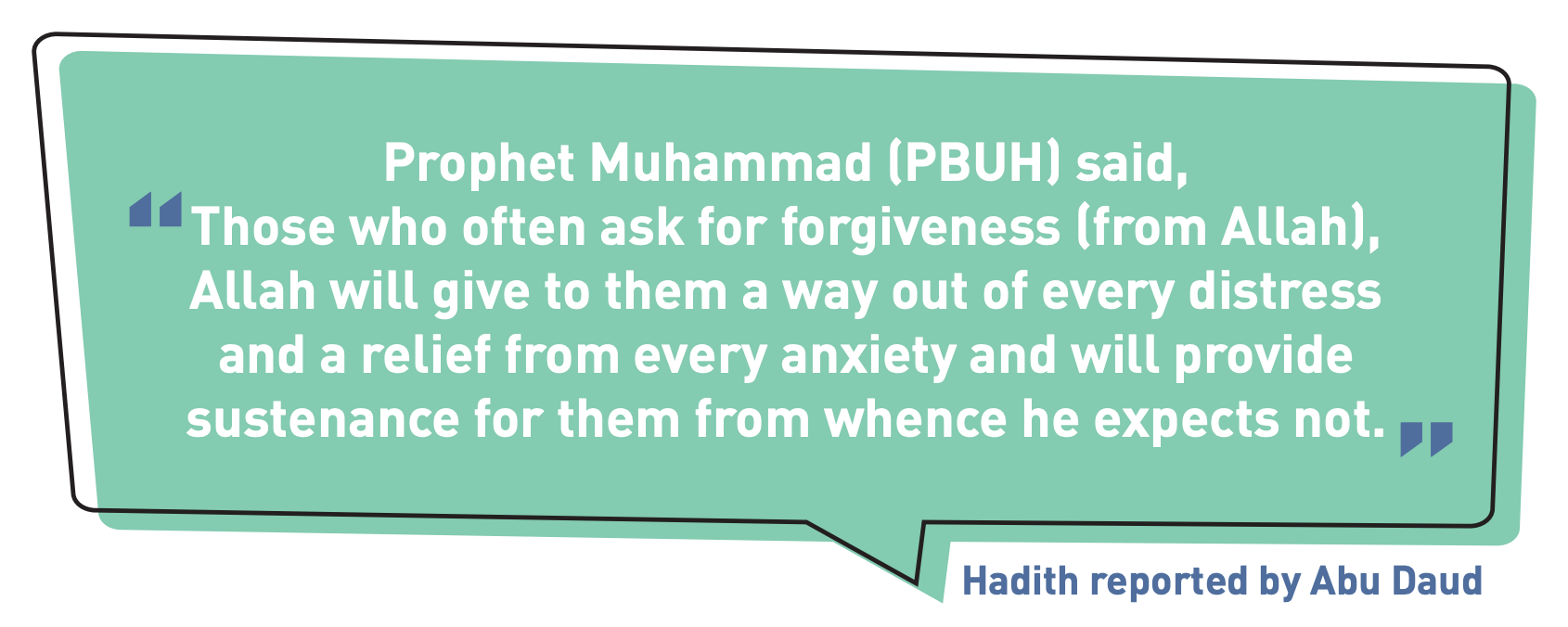

Signs of Labour
There are various signs and symptoms of labour, and these may vary among women. It is important to stay calm and head to the hospital safely when you experience any of these signs:
Contractions
Your Subtitle Goes Here
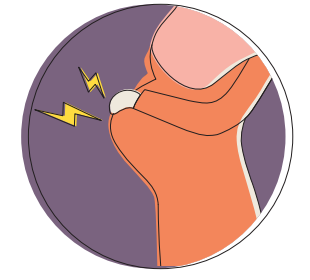 The pain will be regular and progressively more painful. You may feel the urge to “bear down”. An example of when to head to the hospital is when the interval between contractions is 5 to 10 minutes and each lasts an average of 10 to 15 seconds.
The pain will be regular and progressively more painful. You may feel the urge to “bear down”. An example of when to head to the hospital is when the interval between contractions is 5 to 10 minutes and each lasts an average of 10 to 15 seconds.
Bloody Vaginal Discharge
Your Subtitle Goes Here
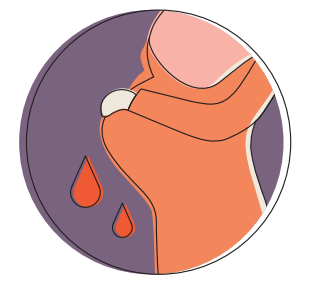 In the form of a bloody or thickened, pinkish mucus that will stain your underwear or pad.
In the form of a bloody or thickened, pinkish mucus that will stain your underwear or pad.
Water Bag Breaks
Your Subtitle Goes Here
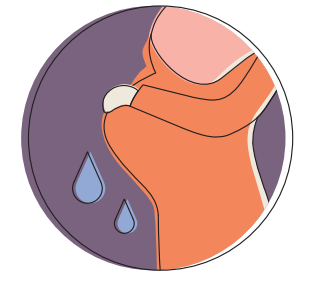 It could be a sudden gush or a steady trickle of warm fluid from the vagina. About 80% of women with ruptured membranes will progress into established labour pains within 24 hours of this event. 90% of women will progress into established labour within 48 hours.
It could be a sudden gush or a steady trickle of warm fluid from the vagina. About 80% of women with ruptured membranes will progress into established labour pains within 24 hours of this event. 90% of women will progress into established labour within 48 hours.
Stages of Labour
There are 3 stages of labour:
First Stage
Your Subtitle Goes Here
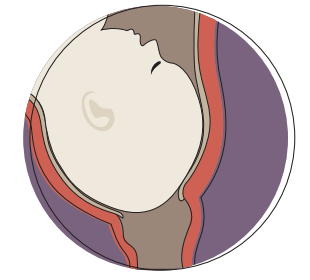 The cervix ripens and opens up till 10cm before the delivery of the baby. Initially, it is slow and symptoms may be mild (such as back ache, some cramps, passage of mucus), but this gradually becomes more intense in the active phase.
The cervix ripens and opens up till 10cm before the delivery of the baby. Initially, it is slow and symptoms may be mild (such as back ache, some cramps, passage of mucus), but this gradually becomes more intense in the active phase.
Second Stage
Your Subtitle Goes Here
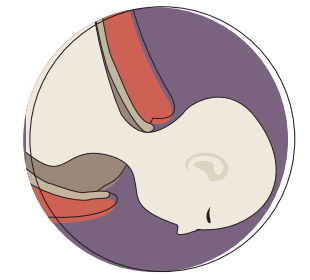 Delivery of the baby. This is the stage where you are required to work hard to push your baby out. Your doctor or midwife will be there to guide you along.
Delivery of the baby. This is the stage where you are required to work hard to push your baby out. Your doctor or midwife will be there to guide you along.
Third Stage
Your Subtitle Goes Here
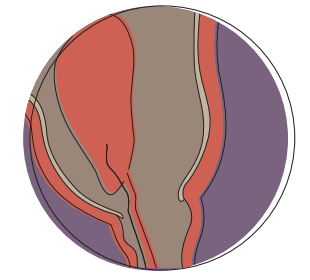 Delivery of the placenta. Once the baby is delivered, your uterus will continue to squeeze out the placenta so that it is separated from the wall of the uterus.
Delivery of the placenta. Once the baby is delivered, your uterus will continue to squeeze out the placenta so that it is separated from the wall of the uterus.
 Preparing Your Mind
Preparing Your Mind
- During labour, breathing deeply releases tension, keeps your mind focused and helps to manage pain. Practising breathing techniques in preparation for the birth will help relaxing become second nature during the actual labour.
- Communicate your plans and expectations to your husband. As you have engaged in this entire journey together, allow your husband to be there to support you during the birth as well.
After a Successful Delivery
- Baby’s cord blood will be collected for routine tests (blood group, thyroid tests etc). An injection will be administered to help reduce the risk of post-delivery bleeding. Some patients may opt to claim back the placenta for personal or religious reasons.
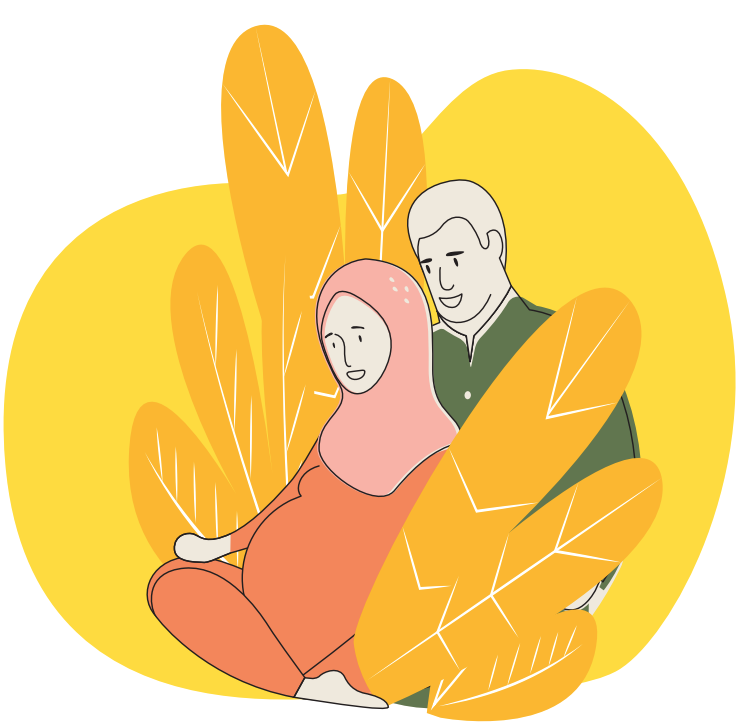
- In a majority of normal vaginal deliveries, vaginal tears may arise. This tends to happen more in first-time vaginal deliveries because the skin in that area is less stretchable. Sometimes, an episiotomy (cut that is made sideways from the vagina) will be performed just before the baby emerges from the vagina. This is done in order to create more space at the outlet for the emerging baby, to prevent extended perineal tears or to expedite delivery for maternal or fetal reasons.
- Most of the time, the pain from the episiotomy lasts approximately 5 to 7 days, and healing will be completed by week 6 after delivery, with the stitches having dissolved by then. Passing of urine and stools will not affect the repaired tear although you should try to keep the area as clean and as dry as possible. Ice packs and medications are given to reduce swelling to those who require them. Stool softeners and pain relief can also be requested.
Sekarang tiba masanya untuk anda mempersiapkan diri untuk waktu melahirkan. Kelahiran seorang bayi bakal menjadi penebus sebarang derita yang telah berbulan-bulan lamanya ditanggung. Sebelum saat ini tiba, adalah lebih baik jika anda berdua berbincang bersama pakar sakit puan tentang:
Tanda-tanda hendak melahirkan
Your Subtitle Goes Here

Ubat pelali sewaktu melahirkan yang boleh digunakan
Your Subtitle Goes Here

Cara melahirkan
Your Subtitle Goes Here

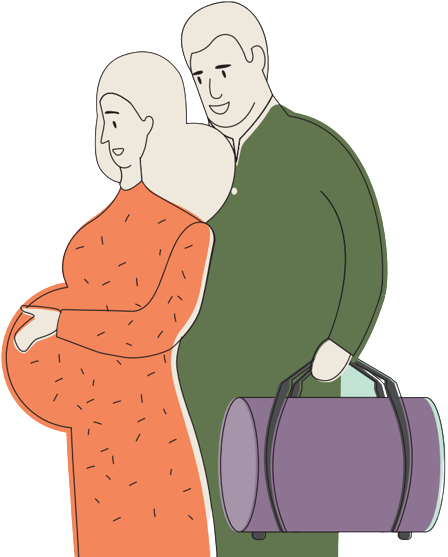 Kebanyakan wanita akan melahirkan secara normal. Namun, kadangkala seandainya ada tanda-tanda yang memudaratkan kepada ibu atau bayi, melahirkan secara bantuan forseps/kiwi atau pembedahan perlu dilakukan untuk menyelamatkan ibu dan bayi. Proses dan pengalaman melahirkan berbeza antara seorang wanita dengan yang lain. Sebaik-baiknya, anda suami isteri bekerjasama membuat persiapan dari segi mental, fizikal dan kewangan supaya proses ini tidak membebankan. Sokongan daripada keluarga dan sahabat handai juga boleh memberi lebih semangat kepada kedua-dua suami isteri. Perbanyakkanlah beristirahat sementara menunggu waktu melahirkan, sentiasa berfikiran positif, bersabar dan banyak berdoa.
Kebanyakan wanita akan melahirkan secara normal. Namun, kadangkala seandainya ada tanda-tanda yang memudaratkan kepada ibu atau bayi, melahirkan secara bantuan forseps/kiwi atau pembedahan perlu dilakukan untuk menyelamatkan ibu dan bayi. Proses dan pengalaman melahirkan berbeza antara seorang wanita dengan yang lain. Sebaik-baiknya, anda suami isteri bekerjasama membuat persiapan dari segi mental, fizikal dan kewangan supaya proses ini tidak membebankan. Sokongan daripada keluarga dan sahabat handai juga boleh memberi lebih semangat kepada kedua-dua suami isteri. Perbanyakkanlah beristirahat sementara menunggu waktu melahirkan, sentiasa berfikiran positif, bersabar dan banyak berdoa.
Rasulullah (saw) bersabda, “Barangsiapa yang memperbanyakkan istighfar, maka Allah swt akan menjadikan untuknya kelapangan dari setiap kegundahan, jalan keluar dari setiap kesempitan, dan memberinya rezeki dari jalan yang tidak diduga.”
[Hadith Riwayat Abu Daud]
Related Resources
Notice: Undefined variable: show_current_post in /home/w3048547/public_html/wp-content/plugins/divi-machine/includes/modules/Carousel/Carousel.php on line 1377

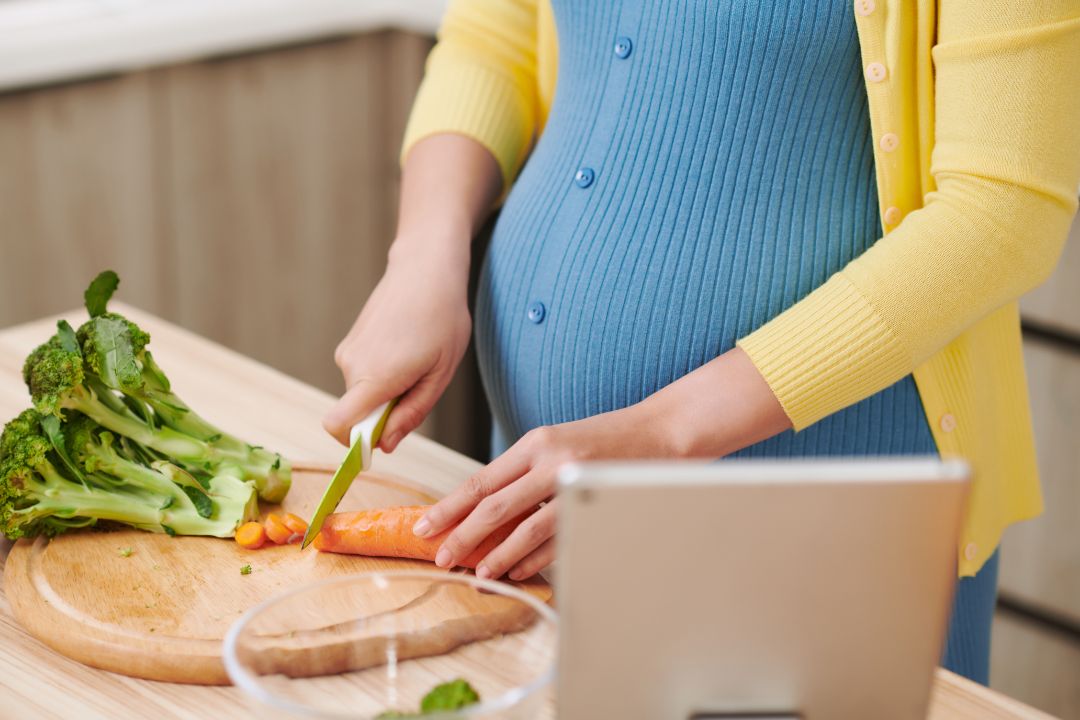
Healthy Nutrition in Pregnancy

Preparing for Labour and Delivery

Fasting during pregnancy


